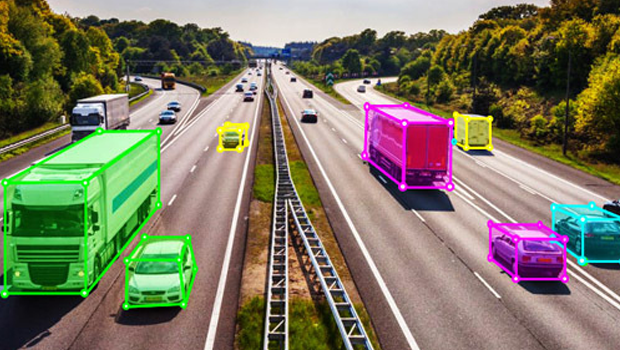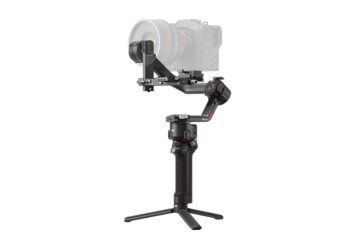In today’s digital landscape, video annotation has emerged as a valuable tool that enhances our understanding of visual data. It plays a pivotal role in enabling computer vision algorithms and machine learning models to identify and make sense of objects and actions within videos. Among the various approaches to video annotation, two prominent methods stand out: 2D and 3D annotation. In this article, we’ll take a closer look at both techniques, exploring their applications, advantages, and profound significance across different domains.
As we venture deeper into this exploration, we’ll unravel the intricacies of 2D and 3D video annotation, shedding light on how they contribute to visual data analysis. By the end of this article, you’ll not only grasp the nuances of these annotation methods but also discover how they are leveraged with services like Sama video annotation services to shape industries and empower cutting-edge technology.
Understanding 2D Video Annotation
The process of 2D video annotation involves labeling objects, their attributes, and actions within frames of a video. Annotated frames may include bounding boxes around objects, semantic segmentation masks, and key point annotations as text annotations. Common tasks performed using 2D annotation techniques include object tracking and object recognition. For example, in the context of driving, employing 2D annotations can assist in identifying road signs, pedestrians, vehicles, and other potential obstacles.
Advantages of 2D Video Annotation
Now, let’s look at some benefits of using 2D video annotation:
1. Cost-effectiveness: Annotating 2D videos is generally an option compared to using 3D annotation techniques. It requires equipment and expertise, which makes it accessible to a broader range of projects across different industries.
2. Versatility: The application of 2D annotation extends to fields such as driving systems development, robotics research, healthcare analysis, sports analysis, and surveillance systems deployment, among others. It can easily fit into existing computer vision pipelines without modifications, allowing for development and efficient deployment.
3. Accuracy: We can achieve high-quality 2D annotations by utilizing annotation tools and techniques. Professional annotators ensure the identification and labeling of objects, making it easier for machine learning algorithms to learn and generalize from the data.
Understanding 3D Video Annotation
Unlike 2D annotation, which focuses on frames, 3D video annotation captures temporal information, providing a more comprehensive representation of the video content. With annotation, users can label objects and their attributes in three spaces across multiple frames, enabling a complete understanding of object behavior and motion. This method is valuable in sports tracking, action recognition, and augmented reality applications.
Benefits of 3D Video Annotation
Here are some of the benefits of 3D video annotation that you need to know:
1. Spatial context: By annotating objects in three spaces, the 3D annotation technique provides a spatial context compared to traditional 2D annotation methods. This enhanced understanding is particularly advantageous in scenarios where object movement, depth perception, or occlusions play roles – for instance, in augmented reality applications or surveillance systems.
2. Action recognition: 3D annotation enables precise tracking of an object’s motion over time. The information provided is precious in applications such as recognizing gestures and detecting actions, especially when precise time analysis is essential.
3. Immersive experience: Augmented reality and virtual reality technologies heavily rely on the annotation of objects to create an experience for users. By annotating objects in three spaces, virtual objects can seamlessly blend into the user’s environment, enhancing their perception and interaction within the virtual world.
Significance of Video Annotation
Video annotation holds importance across domains. It plays a role in critical areas, including:
1. Driving: 2D and 3D annotation are tools for training and testing autonomous vehicles. Annotating objects like traffic lights, pedestrians, lanes, and road signs enables self-driving cars to perceive their surroundings and make informed decisions accurately.
2. Sports analysis: Video annotation assists in player tracking, identifying moments, analyzing game patterns, and providing performance insights. By annotating sports videos, coaches and analysts can improve training strategies and make decisions during matches.
3. Surveillance: In the security field, video annotation is crucial for identifying activities, tracking individuals, and analyzing crowd behavior. Precise annotation allows surveillance systems to detect threats and respond accordingly and efficiently.
Conclusion
Whether in 2D or 3D, the video annotation process is crucial in converting data into information for different purposes. While 2D annotation offers affordability and flexibility, 3D annotation provides an understanding of relationships and allows for more thorough analysis. The choice between 2D and 3D annotation depends on the needs and circumstances of a project, as it can significantly influence the accuracy, efficiency, and overall effectiveness of computer vision algorithms and machine learning models.








